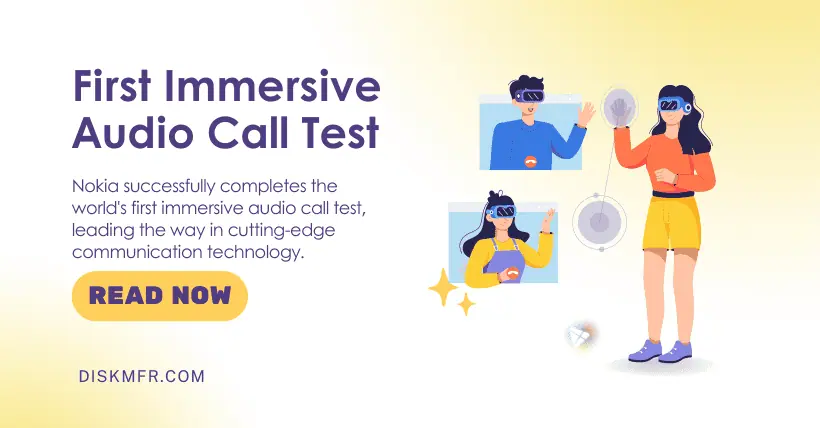When mentioning Nokia, many people might first think of the early feature phones and the Lumia series smartphones with Windows Phone OS developed in collaboration with Microsoft, which eventually failed in the competition.
Objectively speaking, Nokia’s popularity has indeed plummeted over the years, and some might even think it has gone out of business or is defunct. This perception is very wrong. Nokia, like Huawei, primarily focuses on communications, with mobile phones being just a sideline.
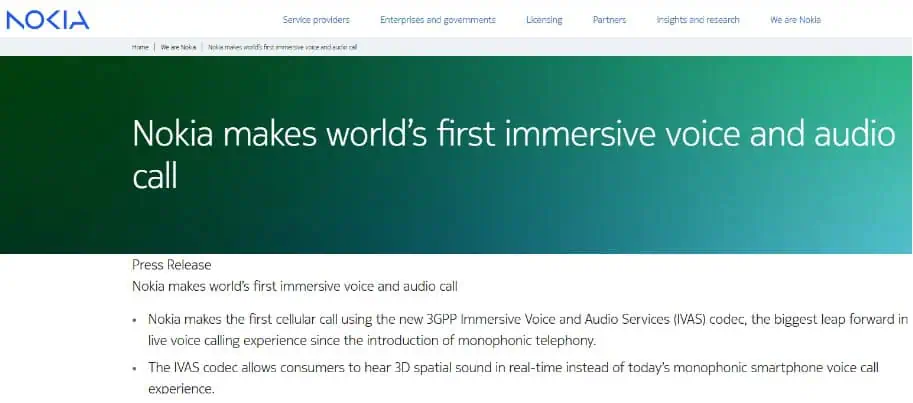
Although Nokia’s mobile phone business has indeed declined, causing significant losses, it hasn’t crippled the company. It still possesses extremely robust technical research and development capabilities and thousands of patents in the communications field. Therefore, Nokia is still thriving, and the notion that it has “cooled down” is entirely false.
On June 10, Nokia announced that the company had recently completed the world’s first real-time “immersive voice and video” call test through a cellular network. Refer to the image above, which is a screenshot from Nokia’s official website.
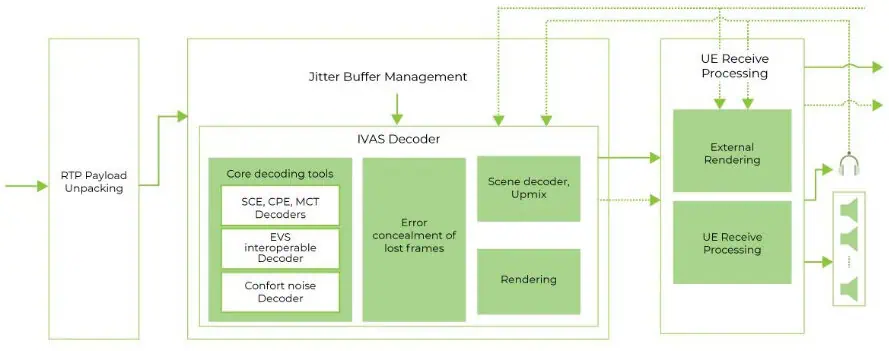
This might be a bit difficult to understand, so here’s a brief explanation:
The original English term for “immersive voice and video service” is “Immersive Voice and Audio Services” (IVAS). Simply put, this is a new type of voice and audio codec standardized by 3GPP, which is part of the 18th version of the 3GPP standard.
Readers can understand it this way: “Immersive voice and video service” is a 3GPP standard used for transmitting conversational stereo and immersive voice and audio.

Codecs that comply with this standard can provide real-time immersive audio for any device, significantly enhancing sound quality and offering a 3D spatial audio experience through precise sound processing. This is a major leap forward in audio technology.
Nokia’s recent test involved making calls using this new 3GPP immersive voice and audio service (IVAS) codec, and the actual performance and experience far exceed current mono calls.
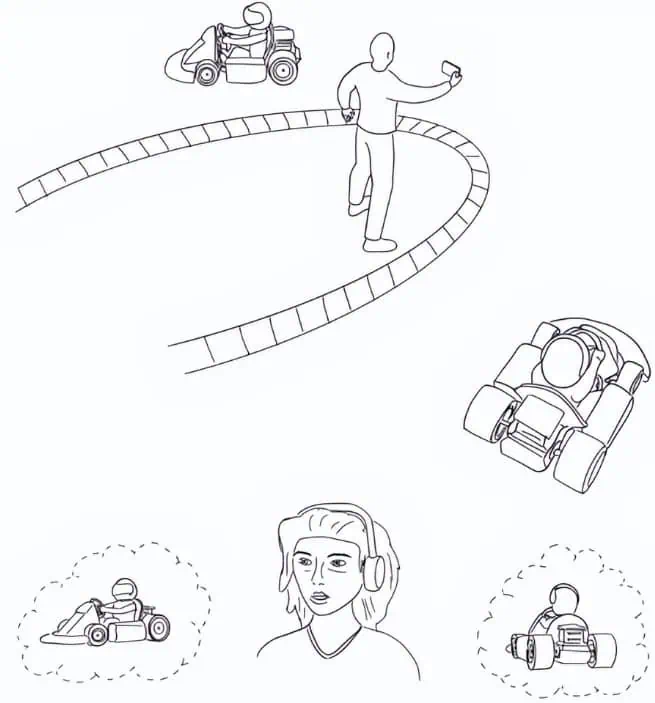
Reportedly, the 3GPP IVAS codec standard was developed by an alliance of 13 companies under the IVAS codec public cooperation framework, with Nokia being a key participant and contributor. Nokia has provided major technological contributions to this standard, including developing smartphone-specific formats for the IVAS standard.
It is important to emphasize that immersive voice and audio services are not only applicable to smartphones but also to tablets or PCs. Typical application scenarios include voice calls, video conferences, live streaming, etc., with a very wide range of applications, ultimately benefiting all users.
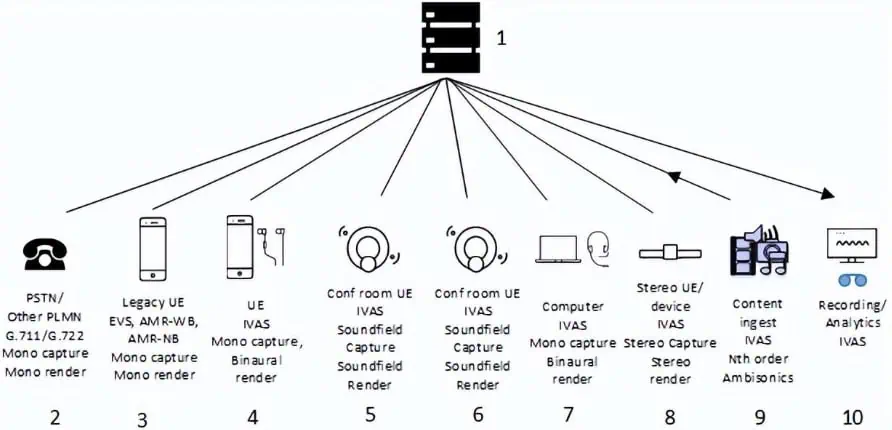
However, this technology has only been validated in the lab so far and is still far from widespread adoption. This requires integrating the solution into global standards and collaboration among telecommunications operators, phone chipset manufacturers, and phone makers, which is unlikely to be achieved in the short term.
In summary, although Nokia’s mobile phone business has largely declined, it remains a top global communications giant with formidable technical strength. It continuously drives innovation in various fields and is deserving of respect from the industry and the public. As the saying goes, “The old master is still the old master.”
Related:

Disclaimer: This article is created by the original author. The content of the article represents their personal opinions. Our reposting is for sharing and discussion purposes only and does not imply our endorsement or agreement. If you have any objections, please get in touch with us through the provided channels.

